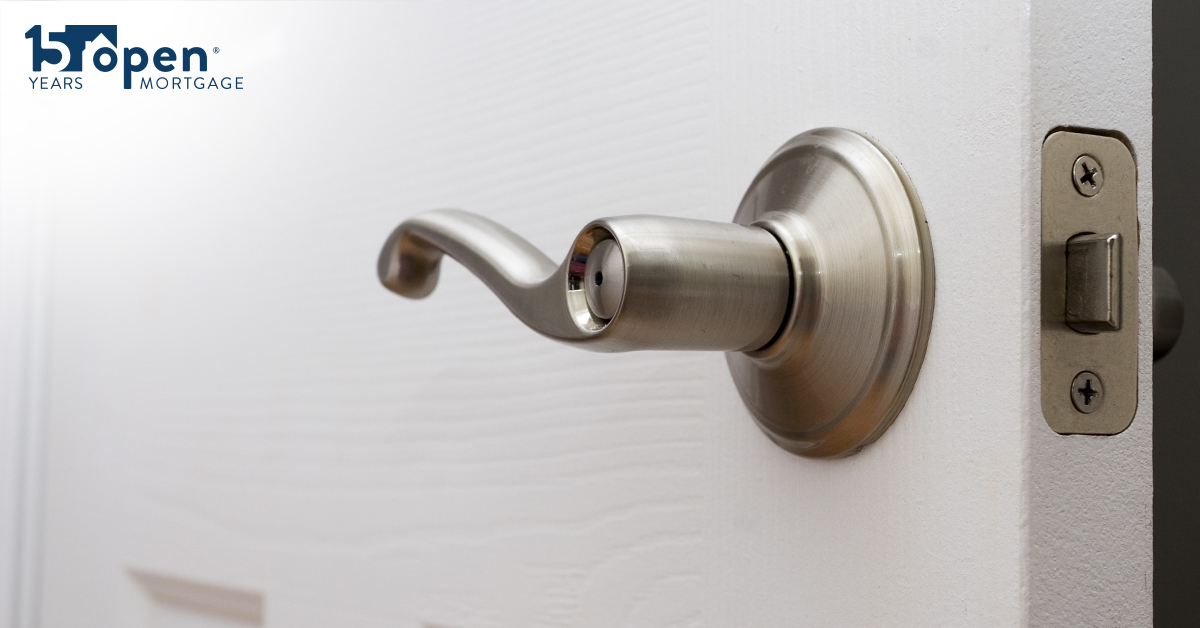
Useful Upgrades for Seniors Aging in Place
More than just improving aesthetic appeal or energy efficiency, some home improvements can be necessary for seniors aging in place to retain independence and quality of life. For many elderly homeowners, normal things like moving about their home, reaching for high or low items, and performing everyday tasks becomes increasingly difficult with age and requires specific accommodations. Below are a few home improvements that can help seniors age in place comfortably.
Safety
-
- Integrate grab bars near the toilet and bathtub. Since squatting or stepping into the tub presents a fall risk, installing bars can help seniors shower and use the restroom without fear of injury. This is one of the most common home improvements made by seniors aging in place, with 76% of homeowners 62 and older surveyed by Home Advisor reporting that they had installed grab bars or rails to at least one room in their home.
- Improve lighting in home, garage and outdoor walkways. Tripping over a crack in the concrete or shoes left on the floor can be serious as a senior. With well-lit walkways and interior lighting there is less likelihood of an incident due to impaired vision. Adding ramps in place of steps and beveled or sloped thresholds in entryways can also help decrease fall risks.
- Install a robust security system and update smoke and CO2 detectors. Unfortunately, home invasion and house fires are common among elderly homeowners. Installing a comprehensive security system with external cameras, motion sensors and telecom speakers is a great investment for aging in place. In addition to testing and replacing smoke and CO2 detectors, a security system can help keep senior homeowners and their property safe.
- Eliminate rugs and opt for non-slip flooring. Rugs will inevitably become a fall risk for seniors aging in place. Removing rugs and opting for carpet (where appropriate) can decrease the risk of slipping on tile or wood flooring. In the bathroom where the floor is likely to be wet and carpet is less desirable, consider rubber flooring or textured vinyl flooring to add grip to potentially slick bathroom floors.
Everyday Convenience
-
- Lower countertops and cabinets; raise low shelving. By bringing counters to about the 4-foot level, seniors can operate in the kitchen with ease, even from a wheelchair.
- Widen doorways. Seniors aging in place often have difficulties with maneuverability within the home. Tight corners and small doorways can present a problem for homeowners who use a walker or wheelchair to get around. By widening doorways to at least 36 inches seniors can maneuver with ease. This is another common improvement for seniors aging in place, with 44% reporting that they widened doorways in their home.
- Switch to lever-style door knobs and faucets. With many seniors suffering from arthritis, a weakening grip strength can affect lots of mundane activities like opening a door or turning on a faucet. Lever-style door knobs and faucets are usually simpler than traditional knob designs as they require less movement for access or temperature control.
- Install voice-activated “smart” appliances. With the advent of virtual voice assistants like Alexa, homeowners can control the television, make a call without touching the telephone, and turn the lights on or off with just their voice. Also, electric kitchen appliances may come with safety shut offs in the event they are left on for too long.
If you or a loved one is interested in home improvements like those mentioned above, contact Open Mortgage to discuss how a HECM can make their home safe and comfortable as they age in place.
Things to know about Reverse Mortgages:
- At the conclusion of a reverse mortgage, the borrower must repay the loan and may have to sell the home or repay the loan from other proceeds
- Charges will be assessed with the loan, including an origination fee, closing costs, mortgage insurance premiums and servicing fees
- The loan balance grows over time and interest is charged on the outstanding balance
- The borrower remains responsible for property taxes, hazard insurance and home maintenance, and failure to pay these amounts may result in the loss of the home
- Interest on a reverse mortgage is not tax-deductible until the borrower makes partial or full re-payment





